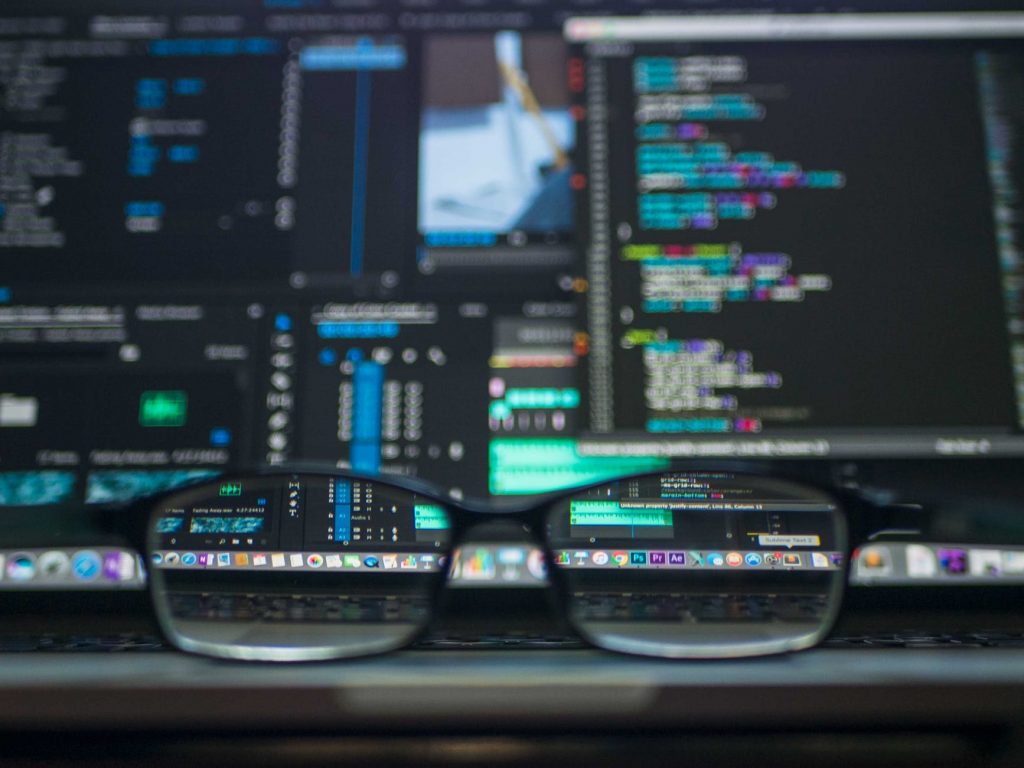Some tech trends blow out fast and die just as quick, while others remained significant in that they change the world and how we live in it. Here are the most significant tech mega-trends that we believe will make 2018 and beyond.
Trend 1: The increasing use of data in our lives
Chatting with friends in a messaging app, or buying a cup of coffee, to swiping in with an Oyster card or streaming music, today almost everything we do involves leaving data breadcrumbs. And this increasing datafication of our world caused an explosion in data. Social media platforms such as Facebook and Twitter receive millions of data signals every minute, with platforms collecting virtually every online movement, no wonder there has been a practical double in the amount of data created every two years.
Trend 2: The Internet of Things (IoT) and how everyday devices are becoming more ‘smart.’
The IoT – which encompasses smart, connected products like android/ios phones and smartwatches – is a major factor in this huge increase in data. That’s because all these smart devices are gathering data all the time, connecting to other intelligent devices and sharing that data – all without human help.
Pretty much anything can be made to work with data nowadays. Our cars are becoming smart; by 2020, a quarter of a billion vehicles can now be connected to the internet. For our homes, we have smart products like Televisions and less obvious ones like yoga mats. Of course, many of us use voice-enabled personal assistants like Siri, Alexa and Google Assistant. We already use a lot of these devices, but the IoT is just getting started. HIS has predicted that there’ll be around 75 billion connected smart devices by 2020.
Trend 3: Massive growth in computing power is fuelling massive tech advances.
None of this massive growth in data, nor the billions of smart devices, would be possible without the significant increases in computing power that we’ve accomplished. Between the year 1975 and 2015, computer power doubled every two years, before slowing to the present rate of every 2 and a half years. Computing power and cloud technology have already facilitated bpo possibilities and efficient outsourcing pricing models to suit businesses.
But we’re almost at the peak of what traditional computer power can do. Thankfully, beyond that, we have quantum computing. Quantum computing will help computers become millions of times faster than how they are performing in the present. Tech leaders are working so hard to create the first viable quantum computer available to the public to solve problems that today’s computers can’t do.

Trend 4: The incredible rise of artificial intelligence (AI)
Computers are now able to learn new things every day like rational human beings, and this massive advancement in AI has been made possible by the massive increase in data and computing power. It’s the explosion in data that allowed AI to advance very fast over the past few years. The more data an AI system has, the faster it can learn and the more accurate it will become.
This massive step in AI means computers can now do more human tasks. It’s the AI that allows computers to see (face recognition), read (reading social media messages and analysing them), listen (Alexa, Siri, Google Assistant) and gauge your emotions (affective computing).
Trend 5: The unstoppable train that is automation
The more intelligent the machine becomes, they can help in doing our tasks. That means they can do even more processes, decisions functions and systems can now automate pretty much anything and can be carried out by algorithms or robots.
Eventually, many industries and jobs will be affected by automation. However, for now, the first few jobs that will be changed can be categorised into 4 Ds: dull, dirty, dangerous and dear. This means that we humans no longer need to do jobs that machines can do faster, safer, cheaper and more efficient. Other than the 4 Ds, many human jobs like law or accounting will be replaced by algorithms and robots. The list of jobs at risk due to automation is extensive, from truck drivers to medical professionals and computer programmers.



